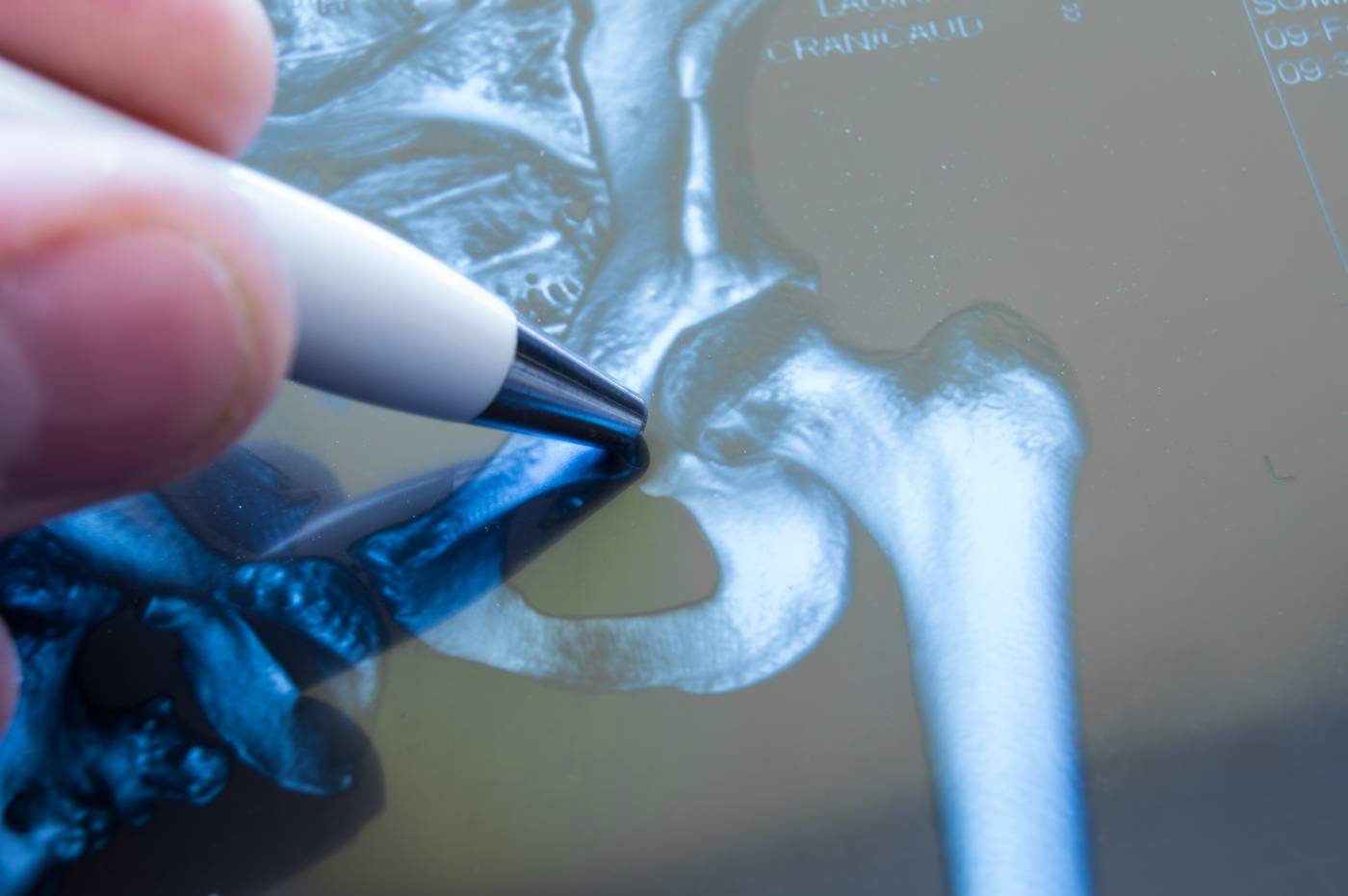Modern spine surgery is not what it used to be. Large incisions, long hospital stays and long-term pain are no longer the standard. Today, many spine procedures can be done through less invasive techniques.
Two such options are endoscopic spine surgery and minimally invasive spine surgery (MISS). They may sound similar, and both avoid large incisions, but differ in technique, tools and recovery.
Size of Incision and Surgical Access
Endoscopic spine surgery uses the smallest incision. Usually less than one centimeter, the opening is just wide enough for an endoscope – a thin tube with a lens and light. The surgeon works by watching a screen that shows the inside of the body in real-time.
Minimally invasive spine surgery also avoids large cuts but typically requires a slightly larger incision. Surgeons use a small tube called a retractor to access the spine and work through a narrow channel. A microscope or X-ray guidance helps during the procedure.
Both approaches aim to reduce damage to muscles and soft tissue. However, endoscopic surgery is more refined in this respect and causes less disruption to surrounding structures.
Type of Spine Conditions Treated
Endoscopic surgery is often used for targeted problems. These include small herniated discs, spinal stenosis, or nerve root compression. It is ideal for single-level issues without major spinal instability.
Minimally invasive spine surgery covers a broader range of conditions. Surgeons can treat multiple levels of the spine, perform spinal fusion, and correct certain deformities. Procedures like laminectomy, discectomy, and fusion can all be performed using MISS.
So while both are “less invasive” they serve different purposes. The decision depends on the severity and type of spinal issue.
Surgical Tools and Visualization
In endoscopic surgery, visualization is achieved through a camera attached to the endoscope. The image appears on a screen and all work is done through this visual feed. The tools used are slim and pass through the same small port.
Minimally invasive surgery may rely on a microscope, fluoroscopy, or robotic guidance. The tools are a bit larger and sometimes, multiple instruments are used simultaneously through a slightly wider access point.
The core goal remains the same: to complete the surgery with the least possible damage to the surrounding anatomy.
Recovery Experience
Both types of surgery offer faster recovery compared to traditional open procedures. However, endoscopic surgery often allows for a quicker return to daily life.
Because the incision is so small, healing begins right away. Some patients go home the same day and resume light activity in a few days. Pain is usually milder, and medication needs are lower.
Minimally invasive spine surgery also leads to shorter hospital stays and quicker recovery compared to open surgery. However, it may take slightly longer than endoscopic procedures.
Which One Is Right for You?
The choice between endoscopic and minimally invasive spine surgery depends on many factors. These include:
- The exact location and type of disc problem
- The presence of instability or deformity
- Your general health and surgical history
- Your surgeon’s expertise and available technology
Some patients may be ideal candidates for endoscopic surgery. Others may benefit more from MISS due to the nature of their condition. In complex cases, traditional surgery might still be required.
The decision to prefer one or another surgical technique is best done by a specialist. Visiting a clinic that offers these different kinds of surgical treatments is vital. In some clinics, they might lack well-trained surgeons or equipment to carry out endoscopic or minimally invasive surgery, and in such cases, they might opt for a traditional way of doing surgery, which is far more traumatic.





